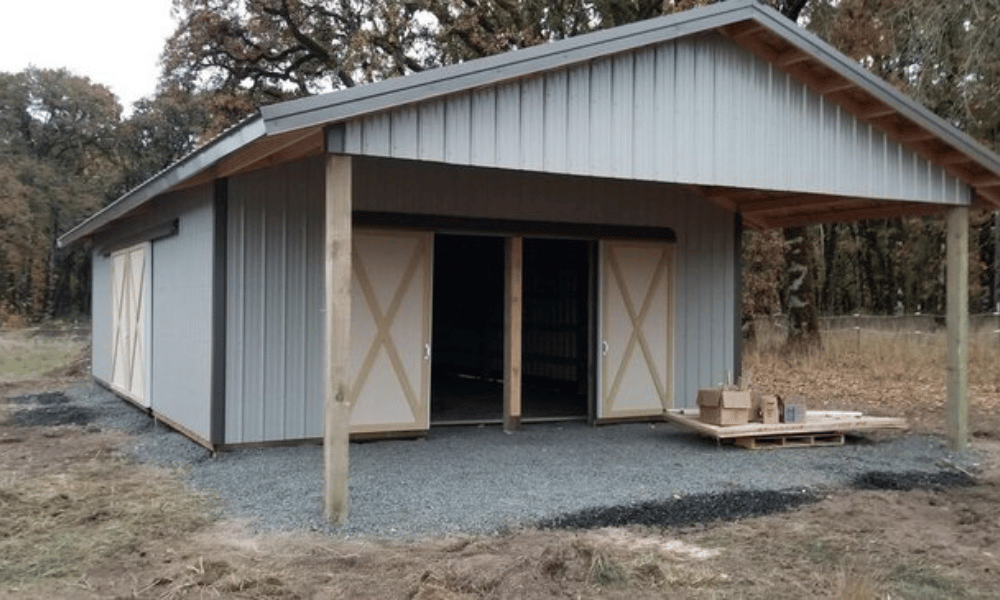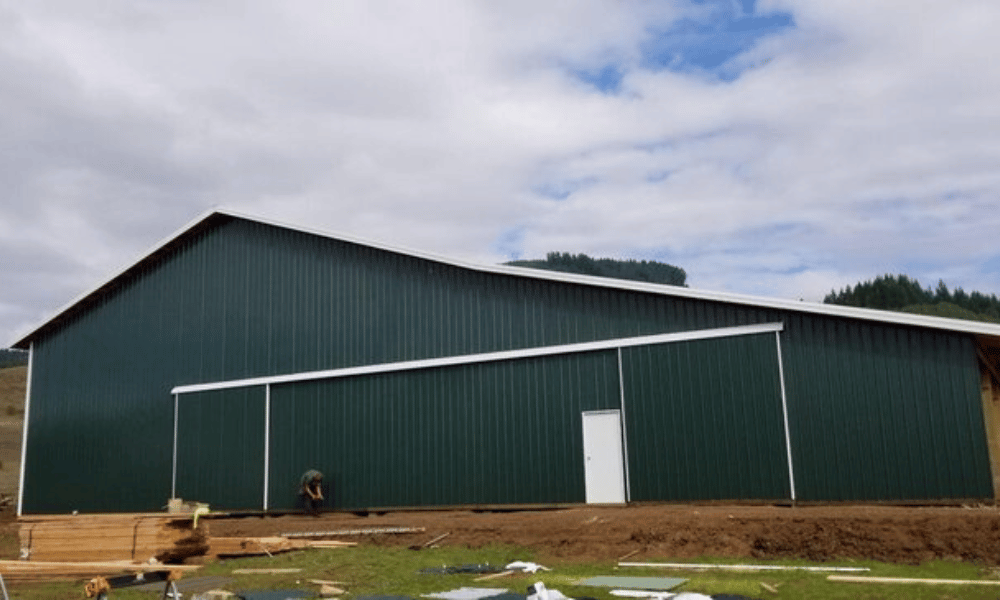Introduction
In the ever-evolving world of agriculture, farmers are continually seeking ways to boost productivity while minimizing costs. One often-overlooked solution lies in the innovative designs of pole buildings, which have emerged as a game-changer in farm infrastructure. These structures not only offer versatility and durability but also adapt well to various farming practices. From dairy operations to crop storage, pole buildings can be tailored to meet specific agricultural needs. In this article, we’ll delve deep into how these innovative designs enhance farm productivity and explore the myriad benefits they bring to modern agricultural practices.
Pole Buildings: A Comprehensive Overview
What Are Pole Buildings?
Pole buildings are structures that use large poles or posts as primary supports, allowing for open interiors without the need for load-bearing walls. This design flexibility makes them suitable for a range of applications, from barns and equipment storage to workshops and livestock housing.
Why Choose Pole Buildings?
Farmers often prefer pole buildings due to their cost-effectiveness. The materials are generally more affordable than traditional building methods, and the construction process is quicker. Moreover, their unique design allows for easier expansion or modification in the future.

The Role of Innovative Designs in Agricultural Efficiency
Enhancing Space Utilization
One significant advantage of pole buildings is their ability to maximize space utilization. With fewer internal columns obstructing movement, farmers can design layouts that optimize workflow.
Space Optimization Strategies:
- Open Floor Plans: Creating an open layout allows for easy movement of equipment. Multi-Functional Areas: Designing spaces that serve multiple purposes reduces the need for additional structures.
Customization Options
Innovative designs allow for customization based on individual farming operations. Whether it’s height adjustments for tall machinery or specialized ventilation systems for livestock housing, the possibilities are endless.
Innovative Designs for Pole Buildings that Enhance Farm Productivity
Sustainable Building Materials
Utilizing sustainable materials like recycled wood or steel can reduce environmental impact while enhancing farm productivity. These materials not only lower costs but can also improve structural integrity.

Climate Control Systems
Integrating advanced climate control systems into pole buildings helps maintain optimal conditions for crops or livestock. Features such as insulated walls and energy-efficient windows contribute significantly to productivity.
Specific Applications of Pole Buildings in Farming
Dairy Operations
Dairy farms can greatly benefit from innovative pole building designs by creating spacious milking parlors equipped with modern technology.
Design Features:
- Ventilation Systems: To ensure cow comfort and milk quality. Efficient Milking Stations: Designed for quick access and ease of use.
Crop Storage Facilities
For grain storage, pole buildings offer an ideal solution due to their vast open spaces.
Key Elements:
- Humidity Control: Essential for maintaining grain quality. Pest Management Systems: To protect stored crops from infestations.
Cost Analysis: Are Pole Buildings Worth It?
Initial Investment vs Long-Term Savings
While the initial investment might be comparable to traditional buildings, long-term savings through reduced maintenance costs and improved efficiency make pole buildings a wise choice.
| Cost Factor | Traditional Building | Pole Building | |---------------------|----------------------|------------------| | Initial Cost | Higher | Lower | | Maintenance Costs | High | Low | | Longevity | Moderate | High |
Technological Integration in Pole Building Designs
Smart Farming Technologies
Integrating smart technologies such as IoT sensors into pole buildings can enhance productivity by providing real-time data on temperature, humidity, and other vital conditions affecting farming operations.
Drone Usage for Monitoring
Drones can be utilized effectively with pole buildings to monitor crop health surrounding these structures efficiently. They provide insights that lead to better decision-making regarding resource allocation.
Pole Building Design Trends Shaping Agriculture
Multi-Purpose Structures
More farmers are opting for multi-purpose pole buildings that serve various functions under one roof – combining storage, animal housing, and workshops all within a singular structure maximizes efficiency.
Eco-Friendly Innovations
An increasing number of farmers are http://hectorzogi981.timeforchangecounselling.com/buying-smart-essential-supplies-that-will-improve-any-storage-area adopting eco-friendly designs that incorporate solar panels and rainwater collection systems into their pole building plans. These innovations create sustainably operated farms while reducing utility costs significantly.
Maintenance Considerations in Pole Building Designs
Regular Inspections
Conducting regular inspections helps identify potential issues before they escalate into costly repairs. Farmers should pay special attention to structural integrity and weatherproofing elements of their pole buildings.
Seasonal Maintenance Tasks
Performing seasonal maintenance tasks ensures longevity:
- Winter Preparations: Inspect insulation and heating systems. Summer Tasks: Check ventilation systems and cooling mechanisms.
FAQs About Innovative Designs for Pole Buildings
What materials are typically used in constructing pole buildings?- Common materials include treated wood poles, steel siding, concrete flooring, and insulated roofing panels designed to withstand various environmental conditions.
- Assess your operational needs based on equipment size and intended use; consulting with a professional builder can provide tailored recommendations.
- Yes! Local zoning laws vary; it’s essential to check with your local authorities before beginning construction.
- While it's possible, integrating proper ventilation during initial construction is recommended for efficiency; retrofitting may require additional considerations.
- Insulated walls help maintain stable temperatures inside your building regardless of outside conditions while lowering energy costs associated with heating or cooling.
- Many lenders offer financing options tailored towards agricultural projects; researching local banks or credit unions may yield beneficial programs aimed at supporting farmers' infrastructural development needs.
Conclusion
As agriculture continues evolving amid technological advancements and changing market demands, innovative designs for pole buildings stand out as an effective solution capable of enhancing farm productivity dramatically. Their adaptability offers numerous benefits—from maximizing space utilization to integrating smart technologies—that align perfectly with contemporary farming practices. By investing in these versatile structures today, farmers can ensure a more efficient tomorrow while contributing positively toward sustainable agricultural efforts globally.
In summary, embracing innovative designs within the realm of pole buildings is not just about constructing efficient spaces; it’s about re-imagining what’s possible on our farms—and cultivating a future where every square foot counts!